The technology reshaping the future of maritime radiocommunications: AIS 2.0 (VDES)
Digital transformation is shaking up the maritime industry. The e-Navigation strategy, developed by the International Maritime Organization (IMO) to revolutionize commercial shipping, is evolving, requiring new technologies and new approaches. Various systems are being integrated and coordinated to improve communications and data exchange between ships, shore stations, and satellites. The core goals of e-Navigation also include increasing safety and efficiency of navigation, reducing the risk of human errors, as well as minimizing the administrative burden. Particularly high demands are placed on cyber security.
To implement a number of services included in the IMO E-Navigation Strategy Implementation Plan, the VHF Data Exchange System (VDES) has been developed. This radiocommunication system combines existing technologies used on ships and on land with new two-way satellite communications. So, VDES is a multi-component system that provides various means for exchanging digital data in the ship-to-ship, ship-to-shore, shore-to-ship, ship-to-satellite and satellite-to-ship directions. It integrates the functions of VHF data exchange (VDE) comprising both terrestrial and satellite components, application specific messages (ASM) and the automatic identification system (AIS) operating in the VHF maritime mobile band (156-162 MHz).
This system is also called AIS 2.0, as it is the second generation of the well-known AIS system. Let's figure out what caused the need to extend this system and what opportunities it provides to shipping.
Traditional AIS and its limitations
The automatic identification system (AIS) has been in the service of seafaring for more than 20 years, ensuring the safety of navigation. Since 2002, all SOLAS vessels should be equipped with this system. To date, more than 200,000 ships worldwide use the AIS.
This automatic tracking system transmits information relating to the ship’s course, speed and a number of other important characteristics allowing watchkeeping officers and Vessel Traffic Service (VTS) operators to predict ship traffic flow, thereby avoiding collisions. The high accuracy positioning information derived through integration with GNSS has further enhanced the effectiveness of this technology.
Well, if everything is so great, why upgrade this system? There are several reasons for this:
✓ The intensity of maritime traffic has increased significantly in recent years: there are too many ships. This directly affects the performance of the AIS and results in the following:
- overloading the system leads to issues with processing the increased data flow;
- the required frequency of message updates are not maintained for areas with high traffic density, becoming more and more random;
- the allocated bandwidth has become insufficient for the proper functioning of this system.
✓ The traditional AIS is limited in maintaining a range of maritime digital services included in the plan for the development of e-Navigation.
All these deficiencies have led to the need to modernize the AIS system into a full-fledged data exchange system.
Satellite AIS 2.0 (VDES) and its benefits
So, AIS 2.0, or VDES, is the system that defines the future of the next two decades. It is designed to meet the key needs of modern ship and shore users - the system has increased reliability, security and user-friendliness.
The use of both terrestrial (VDE-TER) and satellite (VDE-SAT) components, as well as two-way communications, allows this system to solve a number of tasks assigned to e-Navigation and also contribute to the development of the GMDSS.
Among the advantages offered by AIS 2.0 (VDES) are the following:
-
Global reach. VDES satellites can cover areas beyond the range of terrestrial VDES, or where there is no VDES infrastructure. So, every vessel equipped with a VHF antenna will be able to communicate worldwide.
-
More efficient communications will be enabled thanks to additional new frequencies allocated to VDES.
-
Higher data rates. The new technology provides 32 times higher data rates than those used for the traditional AIS.
-
High reliability of message reception. The VDES network protocol is optimized for data communication so that each VDES message is transmitted with a high reliability of reception.
-
Extended number of services and applications. AIS in version 2 has received an extension of services and applications (ice charts, engine monitoring, environmental monitoring, etc). It is related to the growing need for a variety of maritime safety related communications in addition to the primary purposes of surveillance and safety of navigation. This system also ensures access to the Maritime Cloud.
-
Improved integrity and high cyber security. The VDES related applications are designed to provide improved integrity and cyber security (authentication, key management, encryption, etc.)
Technology comparison
Source: https://www.sternula.com
VDES implementation
In 2006-2008, a number of member states of the International Association of Lighthouse Authorities (IALA), anticipating the future overload of AIS channels, began to look for ways to solve this problem. First of all, satellite channels were introduced to provide long-range AIS communications, and the basic requirements for the VHF data exchange system (VDES) were developed: frequencies, data rate, modulation, etc.
Recognizing the efficiency and the necessity for digital communications at sea, IMO, ITU and IEC have also joined the development of the VHF data exchange system within the framework of the VDES technical working group.
Technical characteristics for this system were presented in the Recommendation ITU-R M.2092. It defines the key technical characteristics of the elements of this system.
The IALA Guideline G1117 provided the VHF Data Exchange System (VDES) Overview with a description of the VDES concept and scenarios for its use for various parties.
The VDES Alliance was also established, which is a global association consisting of maritime authorities, organizations and industry representatives who are interested in the development, testing and promotion of VDES technology.
To date, the VDES is close to achieving its full operational capability: its ground-based part has been implemented and several VDES satellites have been launched. The equipment necessary for the operation of both the terrestrial and satellite segments was also developed and put on the market.
In recent years, experiments have been actively conducted in various parts of the globe to receive VDES signals both on the Earth's surface and in orbit. A huge number of meetings and workshops aimed at popularizing this technology were held for participants of maritime navigation around the world.
It is expected that the VHF data exchange system will become mandatory for SOLAS from 2028.
VDES equipment
The development of equipment for the VDES should be carried out in accordance with the developed international regulations, guidelines and standards.
According to ITU recommendations, the VDES ship stations should have one multi-function transmitter and a multi-channel and multi-function receiver capable of simultaneously supporting the functions AIS, ASM, VDE-TER and VDE-SAT.
Equipment supporting VDES protocols has already appeared on the market. The first device was the VDES1000 module from CML Micro.
In 2020, Saab released the shore R60 AIS/VDES base station, as well as the ship's R6 Supreme AIS/VDES transponder. The satellite station R6 VDES satellite transceiver for LEO has completed this lineup. All devices support the required frequencies, types of modulation and rates for VDES, while remaining compatible with the current generation of AIS.
The R6 Supreme AIS/VDES transponder is type-approved for AIS since September 2022.
Satellite connectivity for VDES is provided by the Danish company Sternula, which is the first and only commercial AIS 2.0/VDES satellite operator.
* * *
To date, almost all the main issues regarding the deployment of the VHF Data Exchange System (VDES) have been resolved: standards and guidelines have been issued, the necessary frequency channels have been allocated, pilot tests have been conducted, and equipment supporting standards has been developed and put on the market.
However, this is not enough for the successful implementation of this technology. VDES (or AS 2.0) is a system that is being built by the community. A large number of parties will benefit from the launch of this system. And first of all, VTS operators, since the functionality of the satellite will expand the reception range and allow monitoring over a larger area.
This is why interaction between manufacturers of various VDES units, as well as between VDES stakeholders worldwide, is so important. This interoperability determines how soon this technology will become widely used, and how fully its capabilities will be revealed.
By Olga Davydova
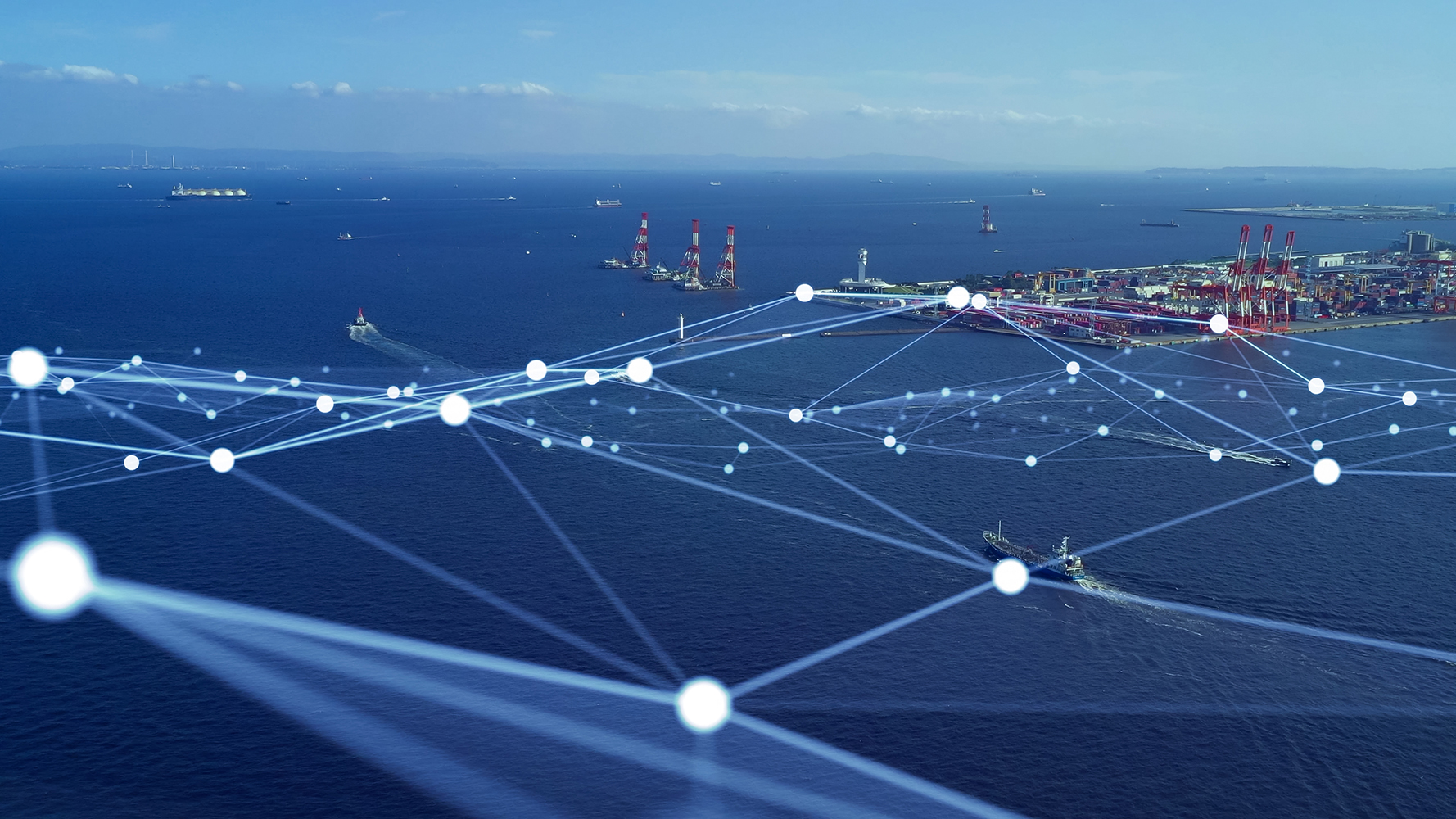
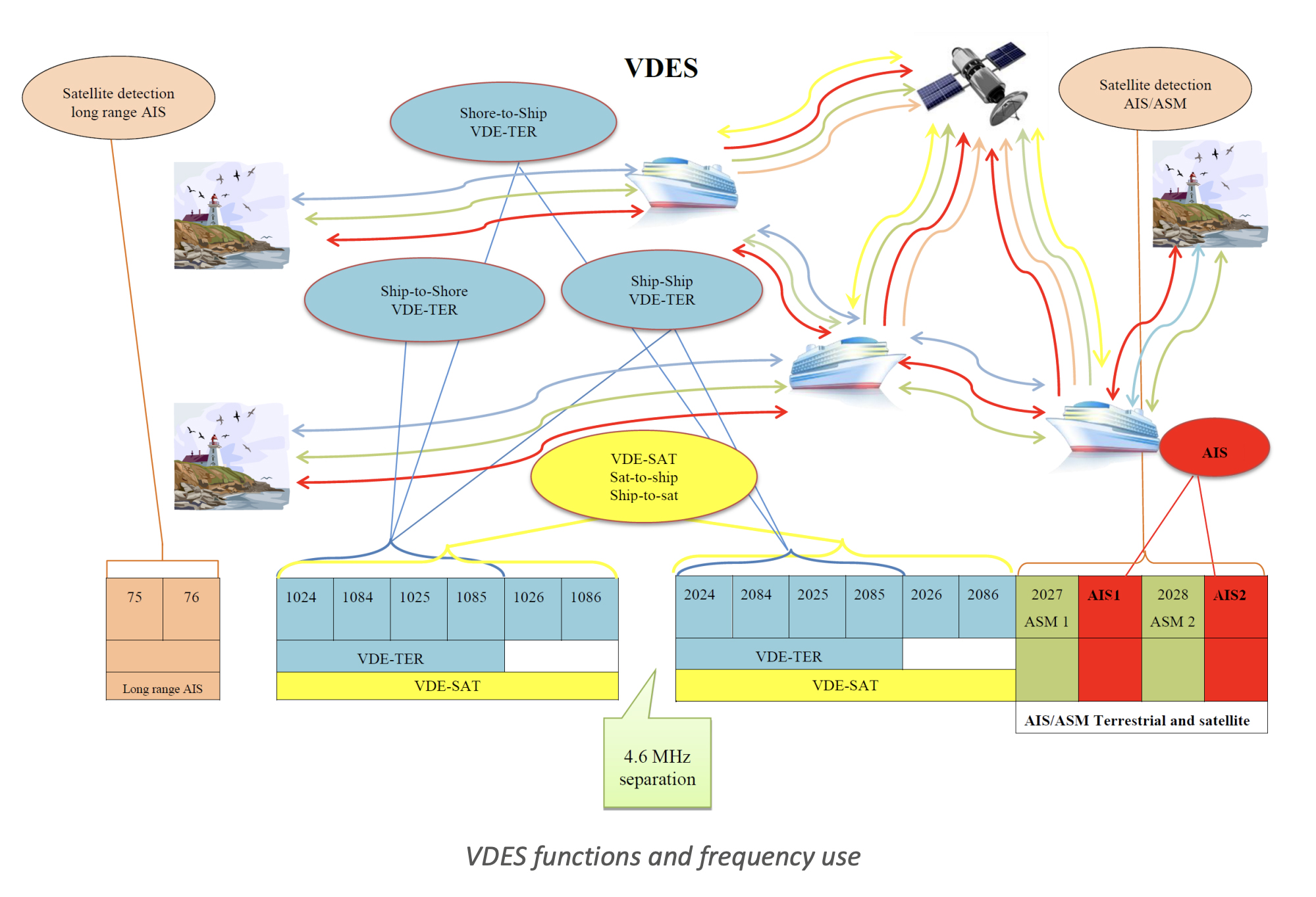
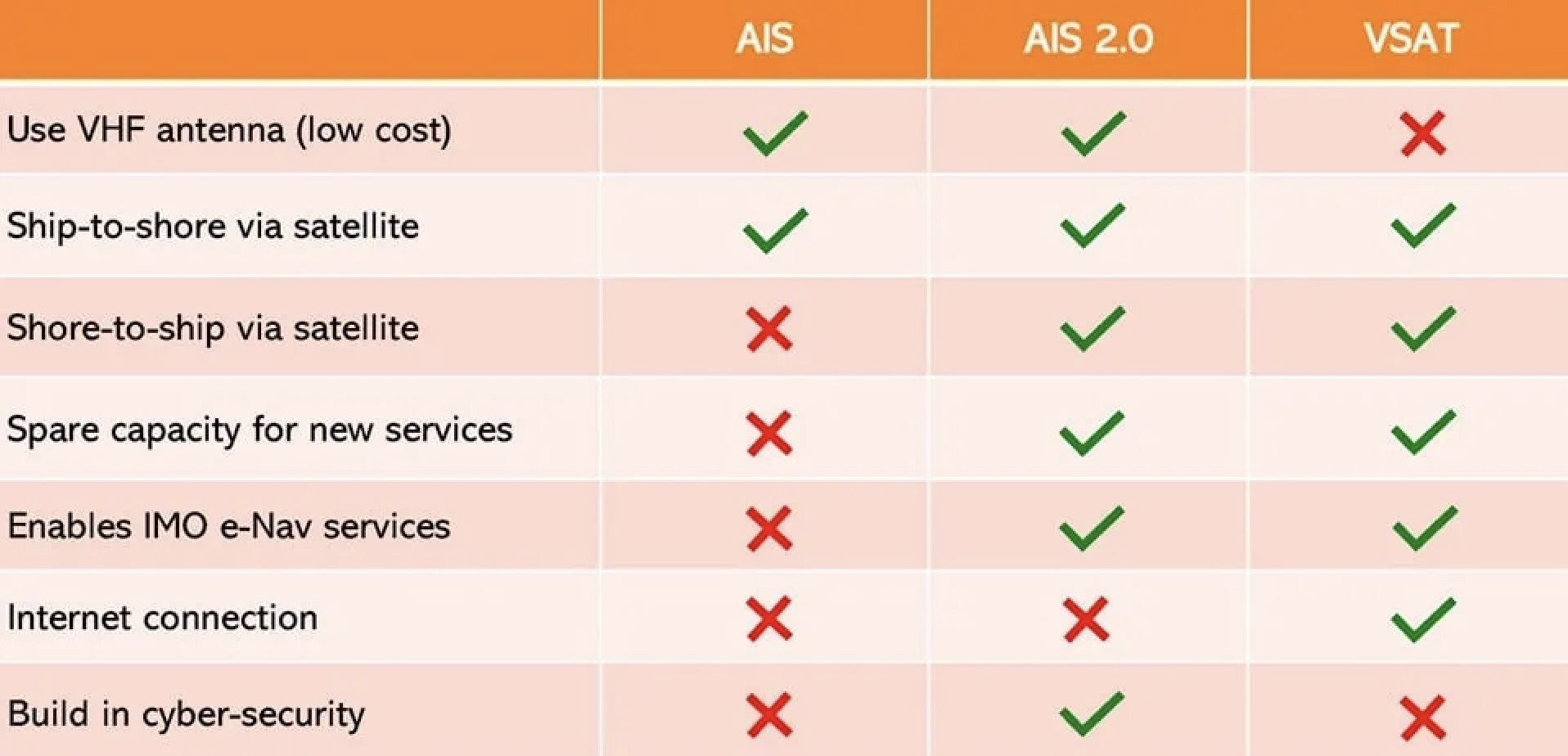
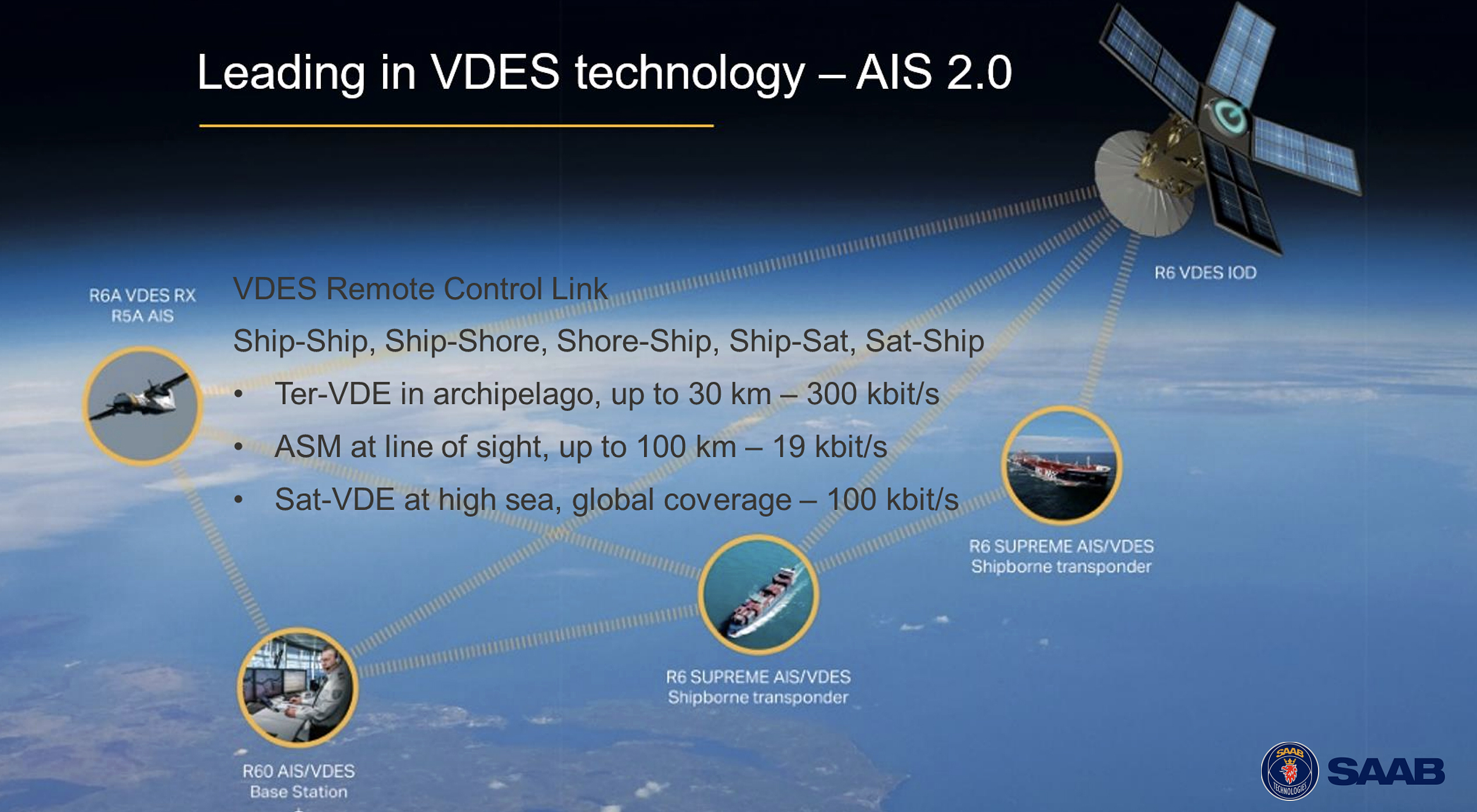

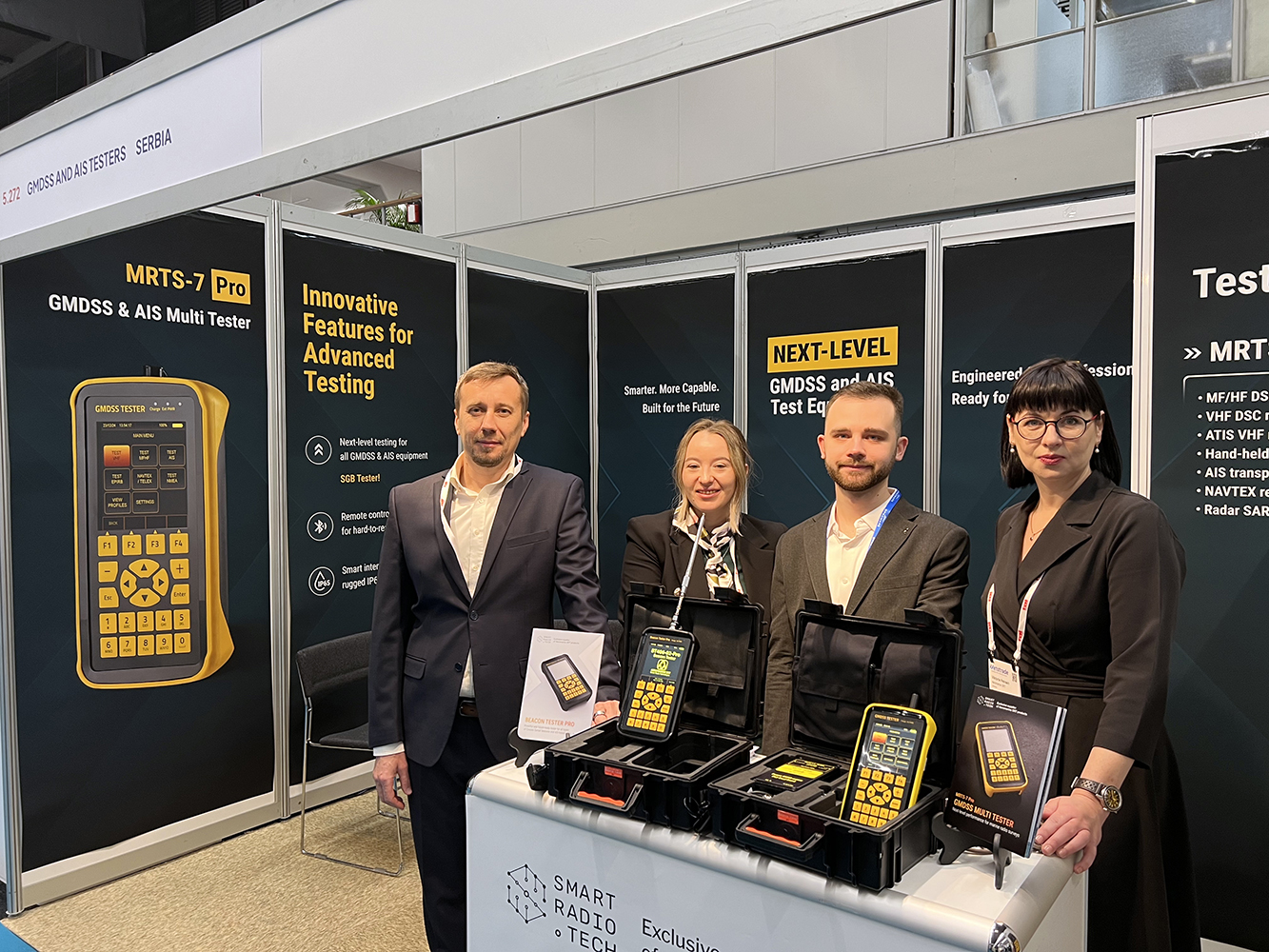

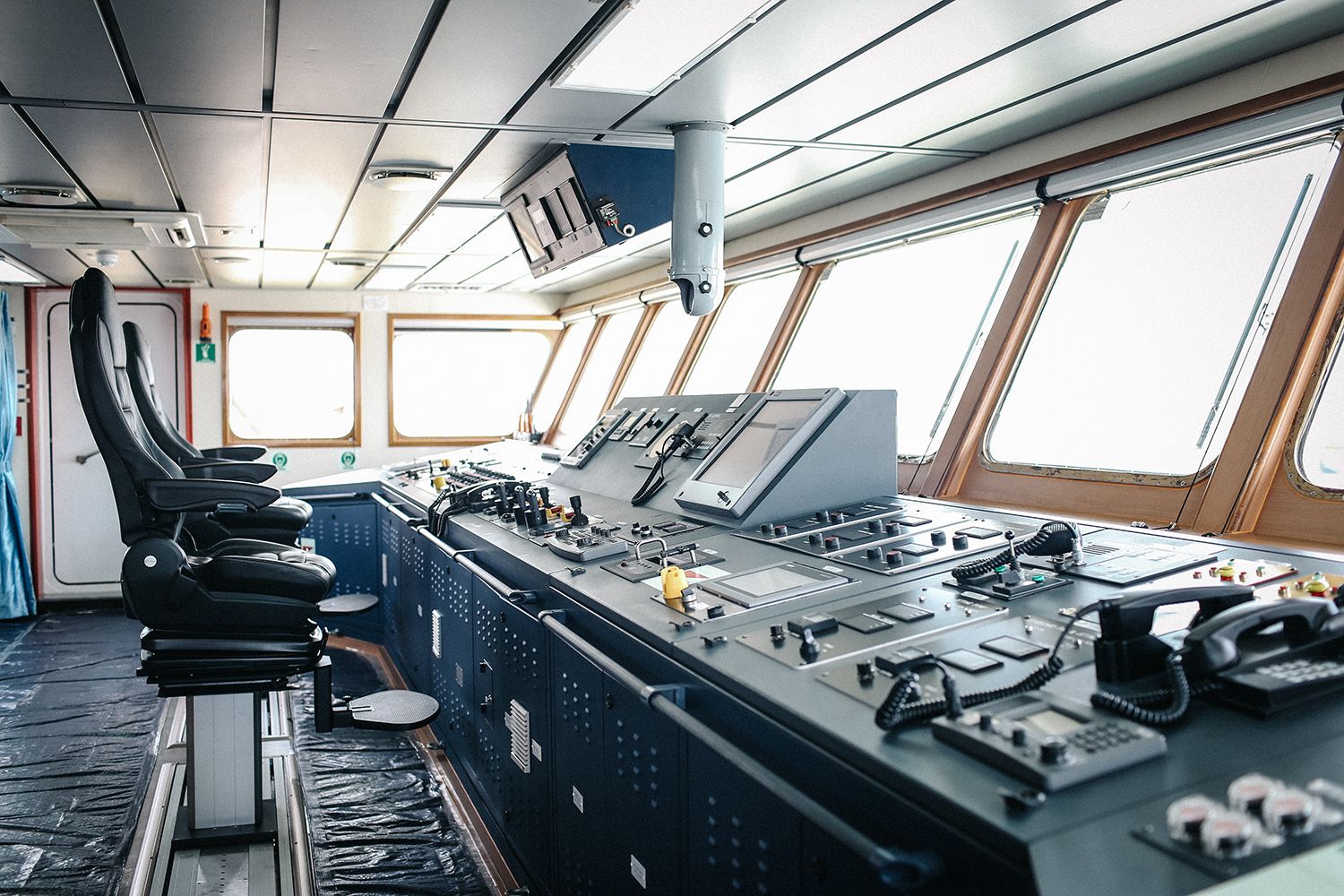

Be the first to comment